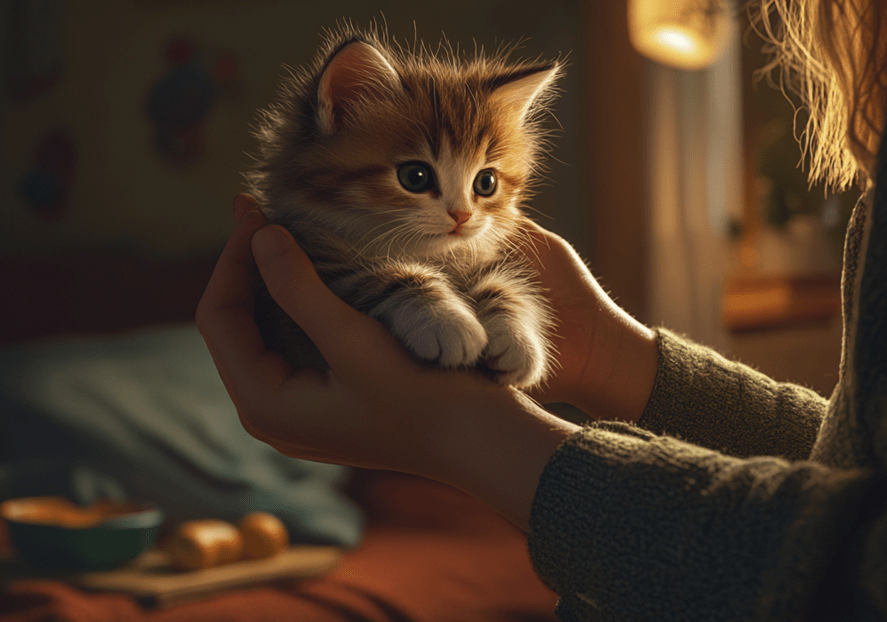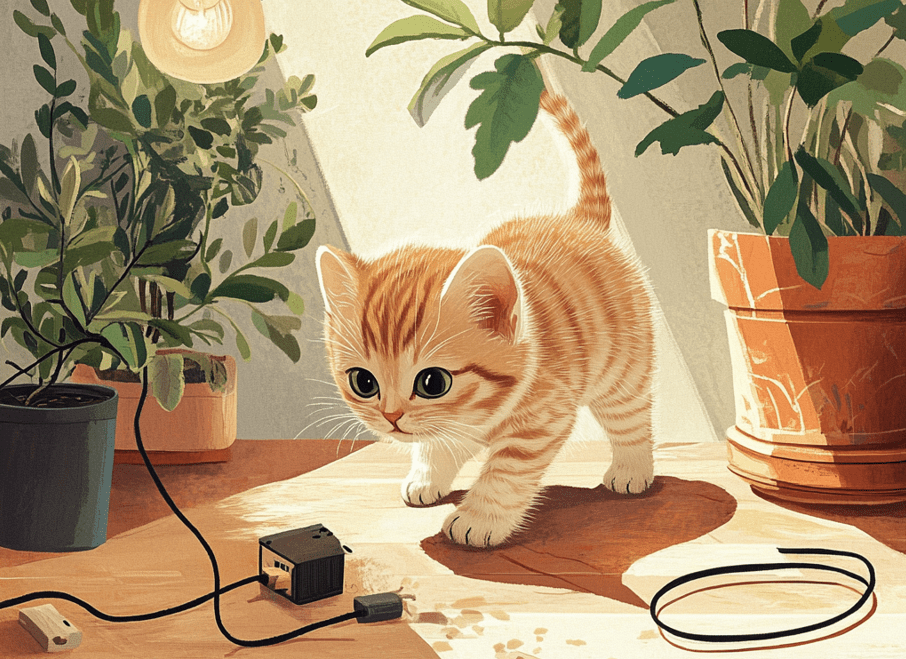
First of all, congratulations on the decision to bring a new member into your home. They each have their own personality and needs. Here are the kitties currently up for adoption. Whether you go with energetic, 8-week-old kittens or maybe an older, more chilled out senior cat. This can also be either solitary or social in cats; meaning some are shy and require additional alone time the others love being around humans all of the time. As you learn more about which cat (or cats) would best fit with your family, here are some factors to keep in mind, from the type and age of the animal to identifying a lifestyle that matches both yours and theirs. Consider these aspects carefully so your relationship with your future feline companion can be a positive one.
To watch the summary of this article, just watch this video-
How much time and experience are you able to provide?

1.Kittens are natural heart-melters and there’s no denying that! But they are constantly crying for care, effort and training flowing over the adult cat. Kittens are curiosity seekers and often find themselves in perilous situations around the house, generally unsupervised. Their personalities are still being developed and through time, we can understand their temperament whether it be affectionate or social.
2.Adult cats, however, typically have established personalities and you are more likely to know what type of cat would be best for yourself or your family.
3.Experienced cat owners might want to adopt a shelter-housed pet who has been looking for their next forever home, or one with special needs, such as behavior medicine services. You may be the perfect adoptive home for one of these special cats.
Do You Have Children?
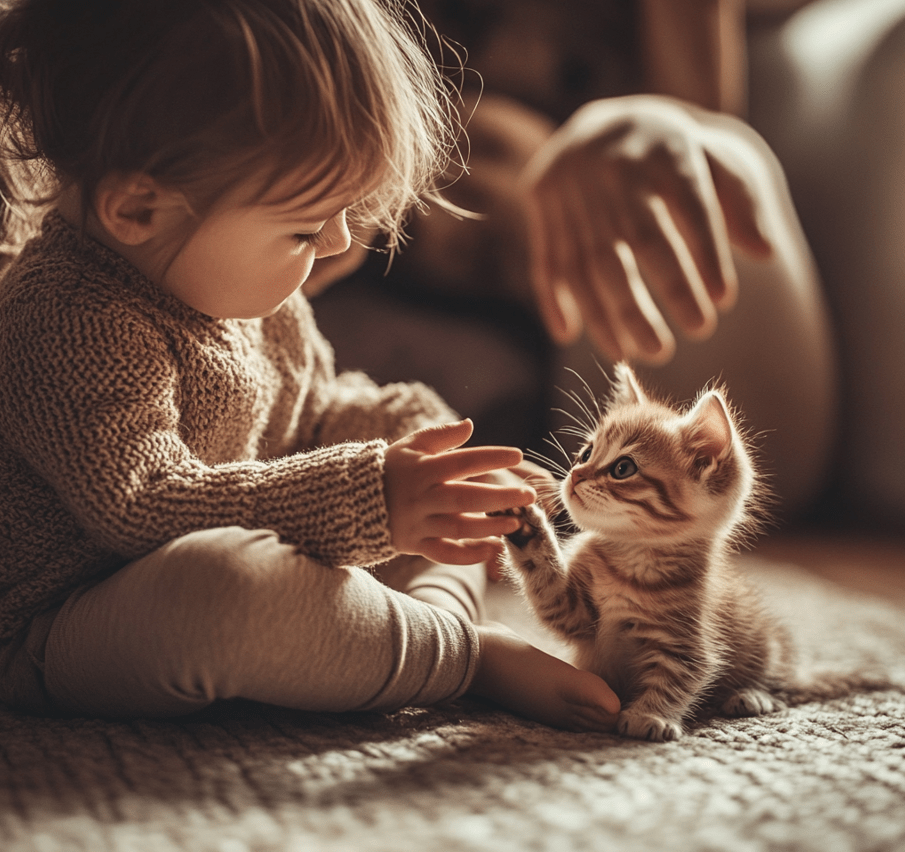
1.Some cats are just shy; they scare really easily or turn to defense mode when overstimulated. For cats that have these tendencies we suggest homes without children under 12 to maintain a stress free setting.
2.Kittens are cute and playful but just because they are it does not mean that all kittens will be a good fit for a young family home with small kids. Kittens are physically delicate, so you will need to handle them carefully. Without everyone in the home also providing that best care, they can develop behavioral issues.
3.Cats thrive in homes with teenagers when everyone understands how to approach them kindly and respects their comfort levels (such as by not being too rough or exposing the cat to loud, sudden noises). Then both the cats and their family get to have a better time of it.
Do you have a dog? How to Get Along with a Cat:

1.If you own a dog that has been friendly toward cats, then perhaps introducing a kitten or cat-to-cat with an assertive adult may be good. No matter what the background or age, introductions must be gradual and well planned.
2.Do not choose very insecure cats or those vulnerable to aggression, such as mutilated ones and three-legged cats unless your dog is something tiny by nature.
3.Be prepared to invest time and allow for a slow, safe integration of the dogs. This process may last several weeks or even months.
4.Prepare to make some changes in your household as well, whether it be closing off access for the dog between portions of its habitat or using baby gates when necessary.
Do you already have a cat?
1.If you are thinking about bringing home a new furry friend, it may be helpful to select another cat with the same personality and age. If you have a playful, energetic cat at home, it will do well with an active playmate. But if you have an older, more sedate resident cat, then a high-energy kitten may not be the best match.
2.Adding a new cat to your household takes time and patience. Cats are territorial and might take several weeks or more to accept a new friend. Slowly introduce them to the changes. They will likely notice, but it might help a little bit if you are easing this into their life instead of all at once one day just saying that everything is going in an alternative way now.
3.Create positive associations with the presence of other cats for both kids. Pair treats with the scent, sounds and sight of other cats so that it will be a positive experience. Allow enough time in separate rooms for both to decompress, so they don’t associate the separation with only negative outcomes.
How big is your home?

Smaller apartments: If you live in a smaller space, look for less active cats — usually older ones who are more likely to be content with plenty of sleeping room. On the other hand, if you are considering a more playful cat then be prepared to play and keep them active so that they stay healthy.
For bigger homes: A timid or overly fearful cat may feel intimidated by a vast expanse and consequently spend much of his time in hiding. When you are bringing in a shy cat, begin by confining the timid kitty to just one room. Give them limited access to the rest of the house, and open up new areas as they begin to feel comfortable.
How often are you at your house?
1.Every cat needs care on a daily basis to be fed, cuddled and played with. Nonetheless, some cats want extra consideration than others on the entire day. Cats that are not provided the attention they need may cause behavioral problems, such as biting or scratching at family members (especially children), urinating around your house rather than in its litter box.
2.If you are away from home a lot it is probably best to adopt an independent cat, they will tend to be that way when first adopted and they are likely able adapt better than companion cats and as a result are more happy in general. However, these independent cats should still be given different exercises for mental enrichment to keep them excited and in good shape with their soul.
3.Another option would be to get them two cats instead of one so they can provide each other with companionship and play together. I personally would always go for a codependent cat if it’s an established pair from the shelter.
Are you an entertainer?
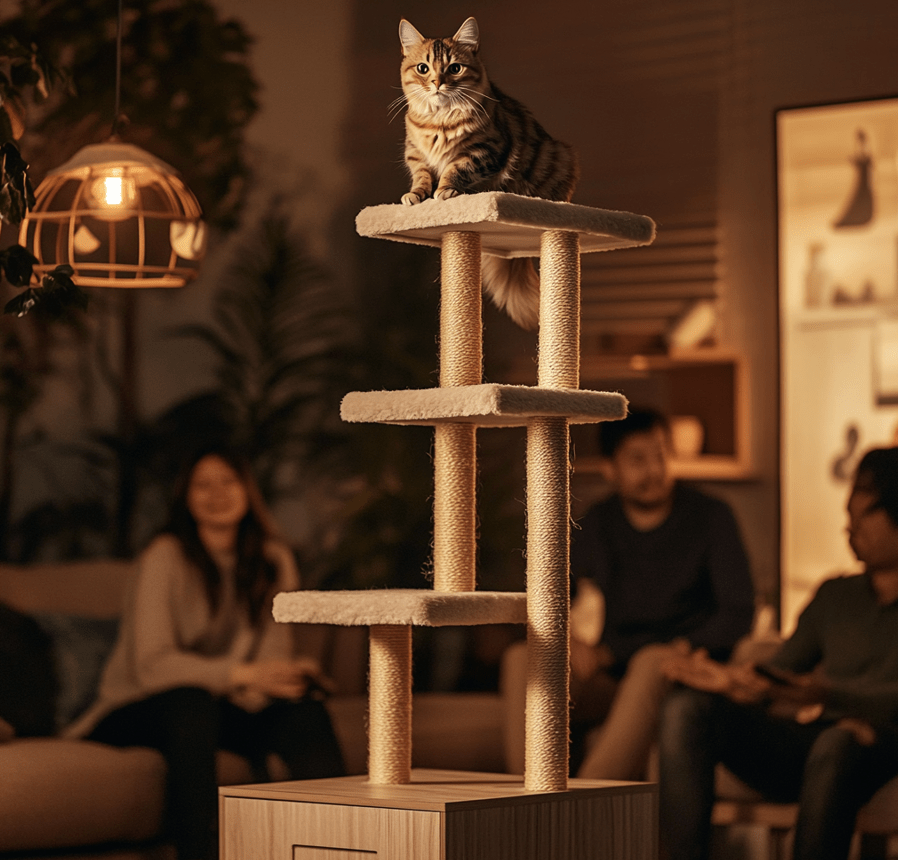
1.Keep in mind that cats might get stressed if they don’t have time to hide away.
2.Cats who are scared, on the other hand, will probably feel uncomfortable with groups of people in their home regularly and may go into hiding.
3.Give your cat plenty of hiding places; unoccupied rooms, a tall cat tree or condo or even an indoor cave. Allow your cat to go up and investigate new people when it is his or her choice; do not make the person come closer preventing aggression. If your cat is willing, have guests offer treats in a calm manner to help create positive experiences with the newcomers.
How Much time are you willing to spend on grooming?
1.The grooming aspect is considerably more for longhaired cats. Short Haired cats can groom themselves most of the time, but longhaired kitties need to be brushed from once a day to at least twice a week.
2.Clip your cat’s nails every two to three weeks for safety and comfort. Research techniques to help your cat be more comfortable with nail cutting and other grooming.
Are you considering allowing your cat to go outside?
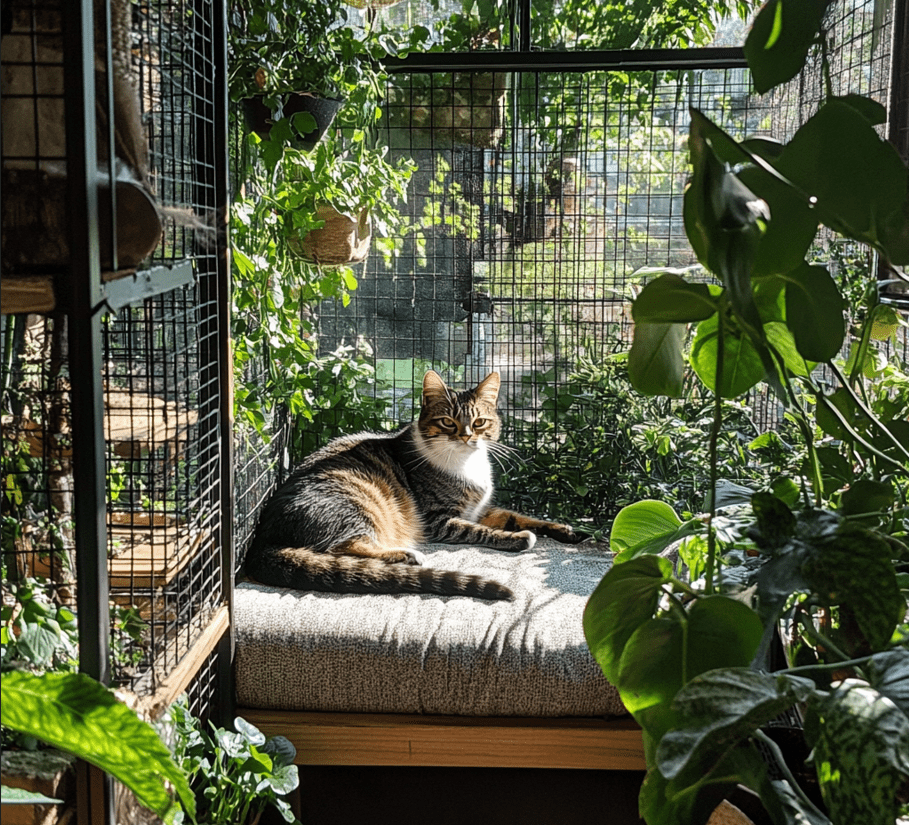
1.Indoor kitties have much longer life spans because they do not often leave and encounter deadly diseases such as Feline Immunodeficiency Virus (FIV) or FeLV. So, they are protected from the various dangers such as car accidents and coyote attacks in addition to all other things that are at least a little bit challenging out there.
2.While outdoor cats may also cause harm to local wildlife, including endangered species. Because San Diego County is one of the most biologically-diverse locales in the world, by helping to keep our wildlife safe, you are protecting what also makes our community so unique.
3.Similarly, you can install kitty enclosures in your yard or on the balcony if you wish to expose them a bit more outside and also take them out for walk training when they are young/ trainable.

